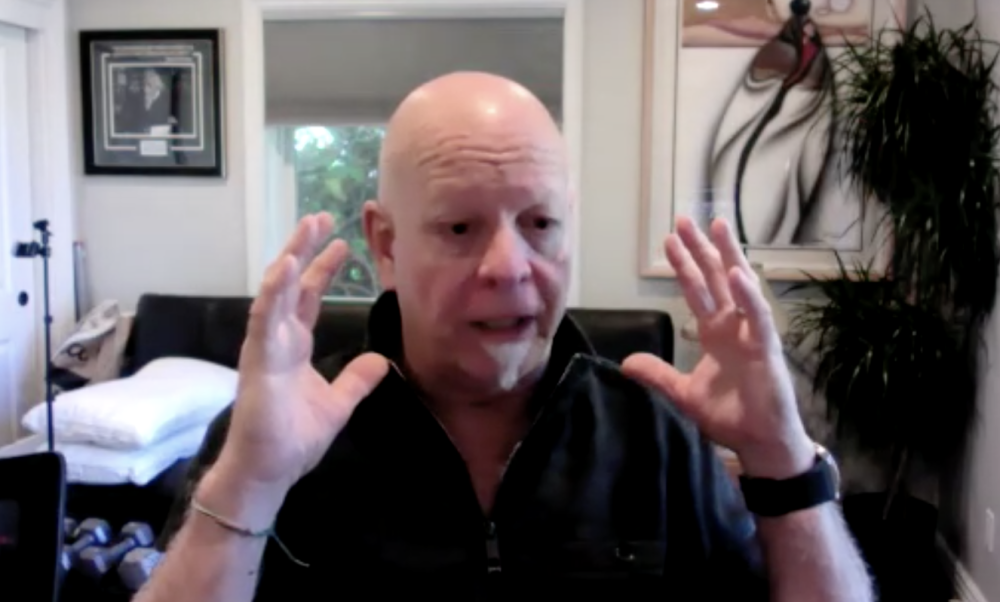Orioles starting pitcher Kevin Gausman is having a strange season in 2016.
He’s pitched better than his 4-10 record indicates as he entered Thursday’s start having the fourth-worst run support among qualified American League starters. His 4.11 ERA has still made him Baltimore’s No. 2 starter behind Chris Tillman, but he hasn’t taken the major step forward that many hoped to see.
It hasn’t been all bad for Gausman, who is striking out a career-best 9.1 batters per nine innings as a starter to rank 14th among qualified major league pitchers. Despite walking a career-high six in San Francisco last weekend, the 25-year-old has issued a very reasonable 2.6 free passes per nine innings in 2016.
So, what’s been the problem beyond the shoddy run support?
The right-hander just hasn’t been able to keep it in the ballpark.
After giving up a pair of late home runs against Houston to soil what was shaping up to be a strong outing in Thursday’s 13-5 win, Gausman has allowed 1.63 homers per nine innings this season, the eighth-worst mark among qualified starters in the majors. Since giving up just three long balls in his first 36 2/3 innings of the season, Gausman has surrendered 20 over his last 90 1/3 innings. You can’t blame it on pitching at Camden Yards, either, as 15 of the 23 he’s allowed in 2016 have come on the road.
After giving up only 0.6 homers per nine innings in 20 starts in 2014, Gausman’s home run rate sits at 1.5 per nine over the last two years, the biggest statistical factor that has kept his ERA above 4.00. Of the 61 runs (earned and unearned) allowed by Gausman this year, 32 have scored via the home run. In contrast, just 24 of the 58 runs allowed by Tillman — another pitcher prone to giving up home runs — have scored on round-trippers.
Fans often question Gausman’s aggressiveness — particularly on the road — but that doesn’t paint the entire picture.
Fifteen of the 23 home runs in 2016 have come against Gausman’s fastball, but the issue isn’t really with that pitch itself. He’s allowed one long ball per 18.6 plate appearances against right-handed hitters but just one per 35 plate appearances against lefties.
His split-changeup has made him very effective against left-handed bats, but his breaking ball — whether you label it a slider, a curve, or a “slurve” — designed to help against right-handers continues to be a below-average pitch. Opponents are hitting .351 with four home runs and six doubles against the 293 sliders he’s thrown in 2016, according to FanGraphs. In contrast, opponents are hitting .216 with four homers and five doubles on the 462 splitters he’s thrown.
Gausman has thrown his breaking ball a career-high 13.1 percent of the time in 2016 as he continues to try to develop it as more than just a “show-me” pitch, but he remains too much of a fastball-dependent pitcher against right-handers. This unsurprisingly makes him more vulnerable to the long ball if his fastball command within the strike zone isn’t superb. Even with the great velocity, right-handed hitters generally know he’s going to lean on the fastball in big moments and aren’t afraid of his breaking ball.
The expectations have been high for Gausman since he was selected with the fourth overall pick of the 2012 draft. The Orioles and their fans understandably want to see more, but his 3.98 ERA over the last three seasons has still made him a solid middle-of-the-rotation starter.
Without Gausman developing a pitch to better defend himself against the right-handed hitters who are hitting .290 with an .859 on-base plus slugging percentage against him in 2016, it’s difficult envisioning him being dramatically better than what he’s been to this point in his career. To be clear, that would hardly make him a bust as most highly-touted pitching prospects never become an ace.
It’s just very difficult for a two-pitch pitcher to become a top-of-the-rotation guy.
After 64 career starts in the majors, this might just be who Gausman is.
** J.J. Hardy continues to quietly have a solid season at the plate despite missing nearly seven weeks with a broken foot.
A two-homer night on Thursday doesn’t change the reality that he lacks the same power that he once possessed, but his hard contact rate of 37.5 percent is easily the highest of his career, according to FanGraphs. He isn’t going the other way more often than in the past, but a different approach focused on hitting line drives has prompted him to hit .409 to the opposite field compared to his .248 career mark.
After an abysmal 2015 in which he played with a torn labrum in his left shoulder all season, Hardy needed to bounce back and has done so with a .278 average, seven home runs, 19 doubles, and a .743 OPS.
** Mark Trumbo hit his 35th homer of the season on Thursday to set a new career high.
He is hitting just .156 with a .583 OPS since the All-Star break, but he does have seven home runs over those 32 games. In fact, Trumbo’s last four hits dating back to the final game of the Oakland series on August 11 have all been home runs.
Talk about all or nothing.
** Hyun Soo Kim registered the first four-hit game and first triple of his major league career on Thursday night. He is now hitting .329 with a .406 on-base percentage and a very respectable .449 slugging percentage in 244 plate appearances.
Remember when the Orioles were convinced he couldn’t play in the majors after a poor start in spring training?


























